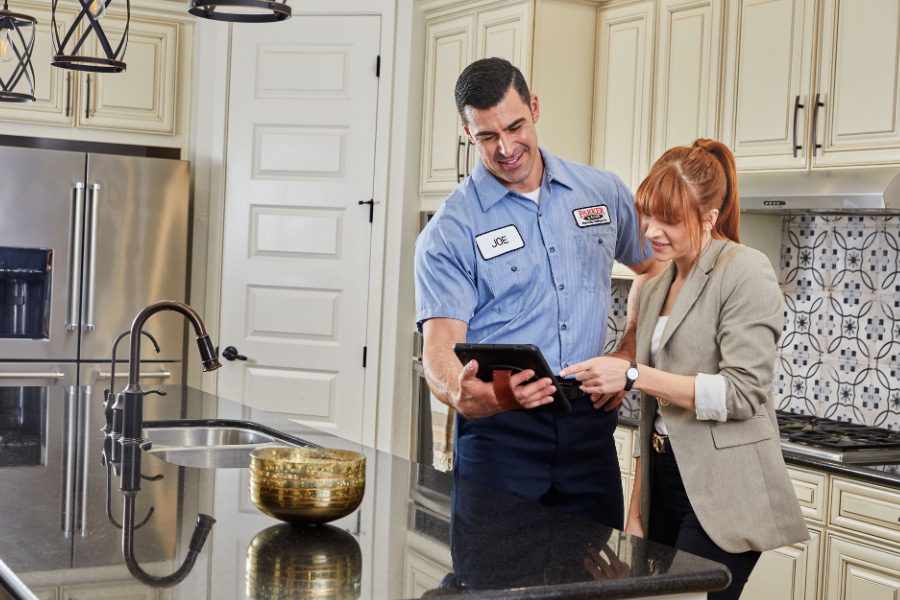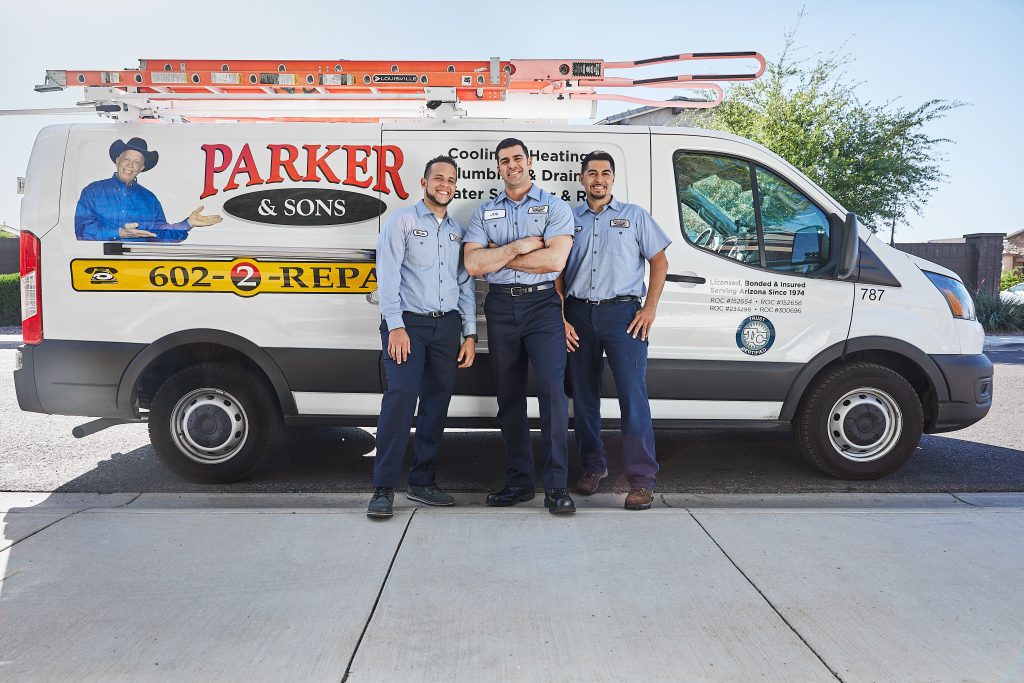Jun 7, 2024
Simplifying Tax Credits in Arizona
In the IRA, the 25C tax credit was also extended. 25C provides a capped 30% tax credit for heat pumps, heat pump water heaters, qualifying electrical panel upgrades, select weatherization measures, and energy audits.
By: Macie Melendez

Greg Cobb is the Senior Vice President of HVAC & Solar at Parker & Sons, an HVAC, plumbing, electrical, water quality, solar, and insulation services company in Phoenix, Arizona. The company, which deems itself a “one-stop shop for total home comfort,” has been around since 1974 and Cobb has been a part of the industry for 15 of those years.
“In my career, I’ve had the opportunity to be involved in hundreds of thousands of above-code or otherwise high-performance homes,” says Cobb. And while every home is different, there’s been a constant throughout: energy efficiency tax credits. “Through our efforts, the builders of many of those homes received a different form of energy efficiency tax credit (45L),” adds Cobb.
The Inflation Reduction Act (IRA) of 2022 amended Internal Revenue Code Section 45L to provide eligible contractors with a tax credit for eligible new or substantially reconstructed homes that meet applicable ENERGY STAR home program or DOE Zero Energy Ready Home (ZERH) program requirements. The new Section 45L provisions include two tiers of credits, with the higher credits for eligible homes and dwelling units certified to applicable ZERH program requirements.
In the IRA, the 25C tax credit was also extended. 25C provides a capped 30% tax credit for heat pumps, heat pump water heaters, qualifying electrical panel upgrades, select weatherization measures, and energy audits.
Parker & Sons has completed thousands of projects for customers that qualify for a 25C tax credit, explains Cobb. “The projects have included new heat pumps, electrical panel upgrades, air sealing, and insulation.”
Typical services that Parker & Sons offers to drive increased energy efficiency (as well as improved comfort, indoor air quality, and equipment durability) include:
-
- Air sealing a home’s attic;
- Replacing old, degraded, and poorly insulated ducts with newly designed duct systems that are balanced, sealed, ensure low air restriction, and are installed low in the attic against the ceiling;
- Burying new duct systems under insulation, bringing the attic insulation to R-49 or R-60 and effective duct insulation to R-25;
- Leveraging the reduction in heat load from the ceiling, ducts, and infiltration to properly size a new heat pump for the home; and
- Updating the panel, breaker, and/or wiring as needed to meet the specifications of any new equipment.
“These changes dramatically reduce homeowner’s utility bills,” says Cobb. “Then, the next step we take is to size a solar and battery storage system that aligns with their new electrical demand, so they consume all solar power they generate locally and never again pay peak utility rates. That part of the story transitions to 25D tax credits, but our mission is to leverage both with customers.” (25D provides an uncapped 30% tax credit for rooftop solar, battery storage, and geothermal heating.)

In addition to these tax credits, the IRA includes $8.8 billion to support clean and efficient energy through the home energy efficiency (HOMES) and home electrification and appliance rebate (HEAR) programs. (Download a HOMES and HEAR fact sheet here.) These programs are designed to support households in saving money on energy bills, upgrading equipment, improving energy efficiency, and reducing indoor and outdoor air pollution.
The Arizona Governor’s Office of Resiliency is tasked with administering the energy efficiency rebate programs in the State. The HOMES program will provide performance-based rebates for whole-house energy saving retrofits. The amount of the rebate varies by the amount of energy savings. The HEAR program will provide point-of-sale rebates for qualified electrification projects in low-income and historically underserved households. Example projects include the purchase and installation of electric heat pumps certified by the federal ENERGY STAR program.
The Office of Resiliency is expecting to take full advantage of nearly $150 million in rebates to benefit Arizona homes. Their goal is to issue rebates in 2024.
“A lot of homeowners don’t know about the tax credits that are available to them,” says Cobb. “For customers who are interested in services that apply, we always mention the potential qualification of those services for the tax credits as a sales incentive.”
Once the project is complete, Parker & Sons also provides additional information to their clients, such as IRS website links and answers to frequently asked questions, and provides them with the proper forms to complete to receive their tax credits.
“Tax credits are a great tool for both our business and the homeowner,” says Cobb. “It’s a win-win-win—for us, for them, and for our state’s energy reduction goals.”






